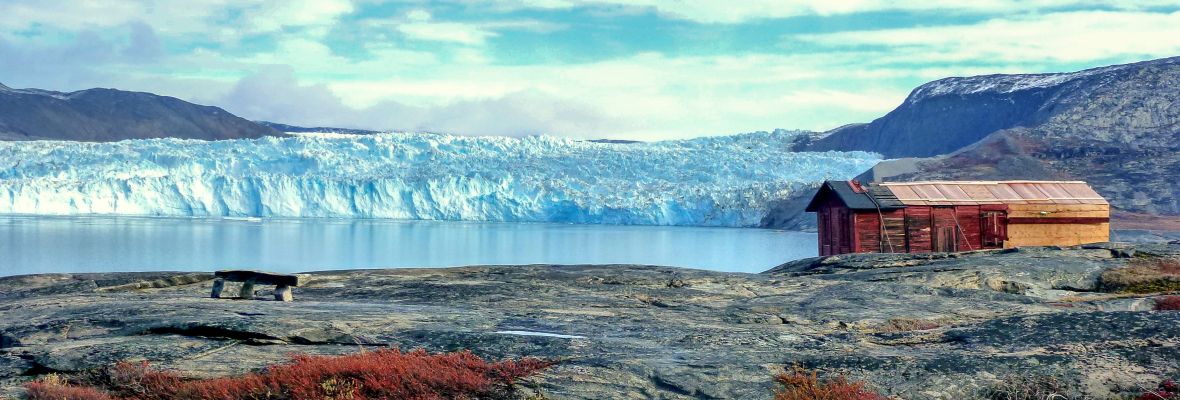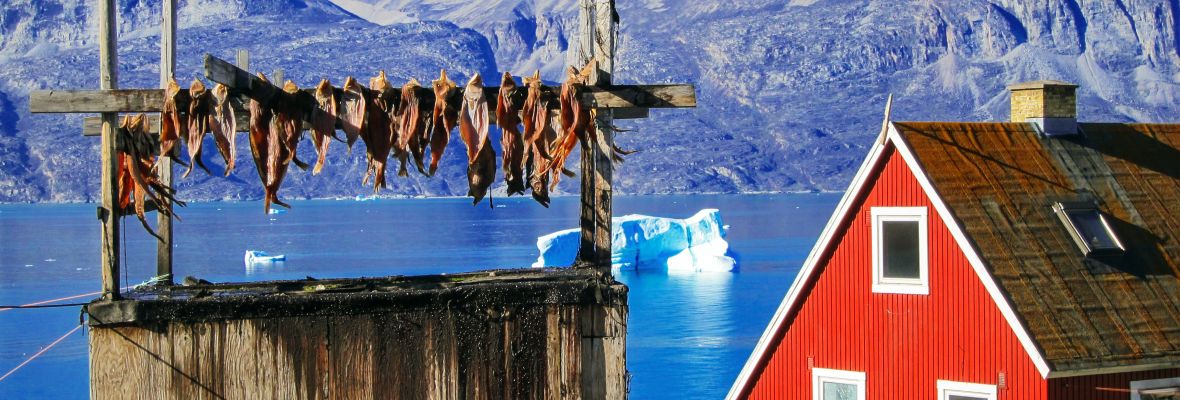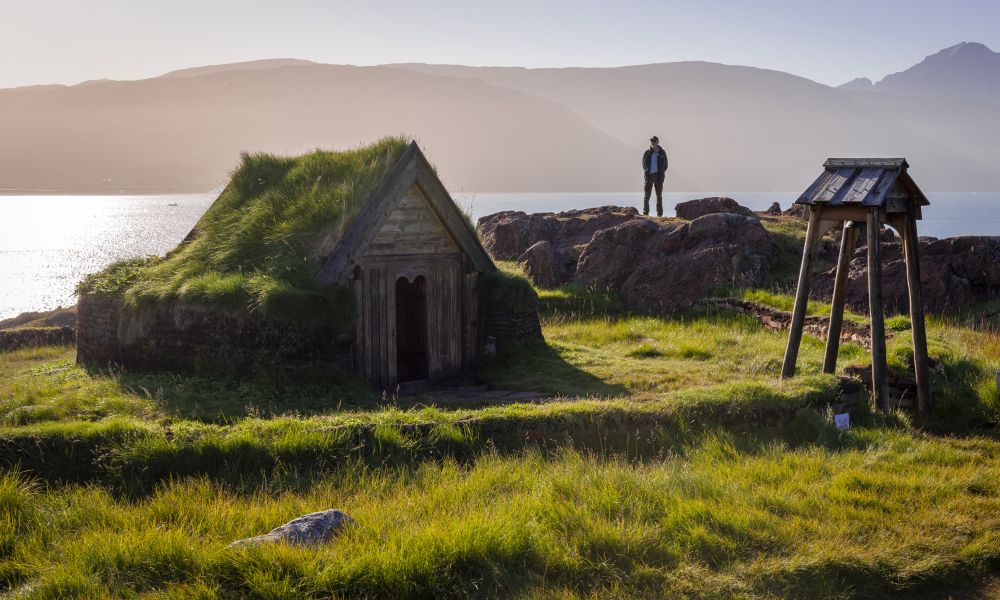Exciting changes are on the way!
As part of our merger with Polar Latitudes, we’re refreshing key elements of our website to reflect this new chapter. Discover more in our latest news update.
Greenland’s rich history is a blend of ancient Inuit traditions and European influences, shaped by the island’s remote, icy landscape. From the early Paleo-Eskimos to modern-day Greenlanders, the island’s people have always found ways to adapt to the challenging Arctic environment, leaving a lasting legacy of resilience and cultural heritage.
Greenland's history stretches back thousands of years, beginning with the arrival of Paleo-Eskimos around 2,400 BC. These early settlers made their way from the Arctic regions of North America, adapting to the harsh, icy conditions of Greenland. Their culture is known as Independence I, named after the Independence Fjord in northern Greenland, where Danish archaeologist Count Eigil Knuth uncovered their remains in the mid-1900s. These early communities thrived for centuries before disappearing around 1,000 BC.
Following the Paleo-Eskimos, several other groups of Inuit people migrated to Greenland in waves, each bringing their own distinct ways of living. One of the most significant groups, the Thule people, arrived around 1,000 AD. They are the ancestors of today’s Greenlandic Inuit and were skilled hunters, particularly of whales, seals, and polar bears, which were essential for their survival in the Arctic environment.
Around the same time, Greenland’s history took another turn with the arrival of Norse settlers from Iceland, led by Erik the Red. Around 985 AD, these Vikings established settlements on Greenland's southern coast, farming and hunting to sustain their communities. The Norse lived in Greenland for about 500 years before mysteriously disappearing, possibly due to climate changes or conflicts with the Inuit populations.
Greenland’s connection with Europe strengthened in the 18th century when Denmark officially colonized the island. The Danish influence remains strong today, with Greenland being an autonomous territory within the Kingdom of Denmark. Despite this, Greenlanders have retained their Inuit culture and traditions, which continue to shape life on the island.
In 1979, Greenland was granted home rule, allowing it more control over its internal affairs, and in 2009, the island gained further autonomy. While it remains part of the Kingdom of Denmark, Greenland now manages most of its domestic policies, including education, healthcare, and natural resources.
Facts about History of Greenland
- Arctic
- Greenland










